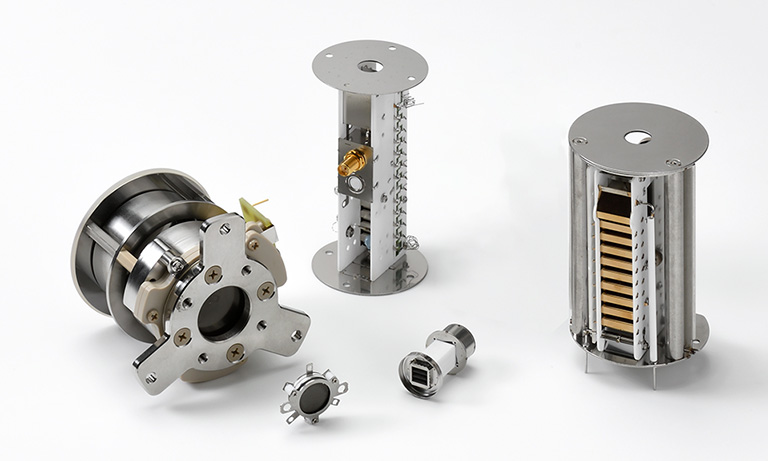Wavelength, wavenumber, energy, and frequency conversion
Electromagnetic radiation in the visible or thereabouts is often described by its wavelength \( \lambda \), yet the visible range is just a fraction of the electromagnetic spectrum.
It is useful to know the conversion from wavelength to other properties that may be used to describe radiation such as photon energy, frequency, and wavenumber.
The frequency is equal to the speed of light in a vacuum divided by the wavelength. This property is commonly used when referring to the longest wavelengths, the radio spectrum from a few Hz up to the THz range.
$$
\nu = {c \over \lambda}
$$
The wavenumber is also a unit of frequency. However, the frequency \( \nu \) describes the temporal frequency of the radiation, whereas the wavenumber \( \tilde \nu \) refers to the spatial frequency ie. number of wave cycles per meter.
The wavenumber is the frequency divided by the speed of light in a vacuum or to put it simply it is the inverse of the wavelength. Wavenumber in cm-1 is often used when describing infrared radiation.
$$
\tilde \nu = {\nu \over c} = {1 \over \lambda}
$$
The photon energy is the frequency multiplied by Planck's constant \( h \) divided by the findamental charge \(q\). It is often used when describing shortest wavelengths, high energy radiation such as x-rays and gamma rays.
$$
E = {h \over q}{c \over \lambda}
$$
Wavelength (Angstrom)
Wavenumber
Energy
Frequency



















































































































